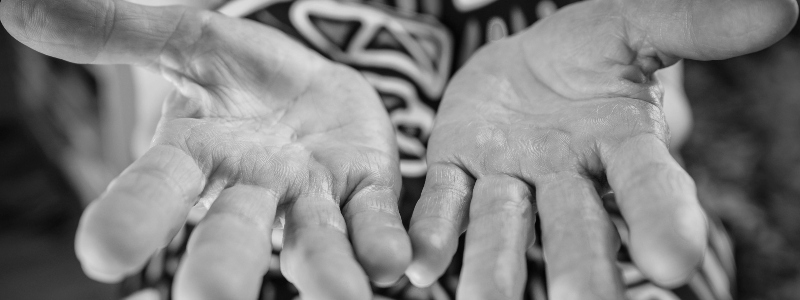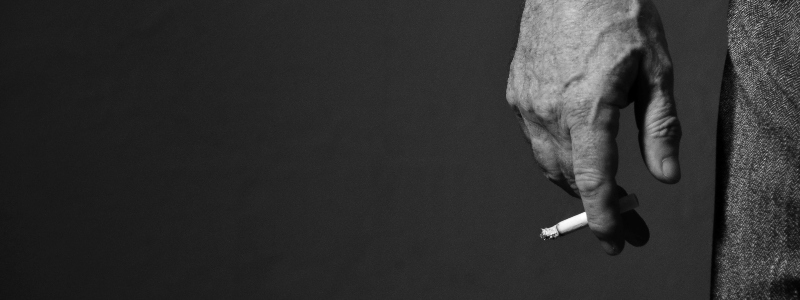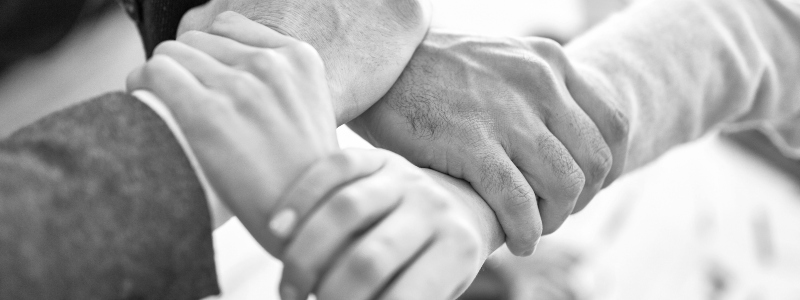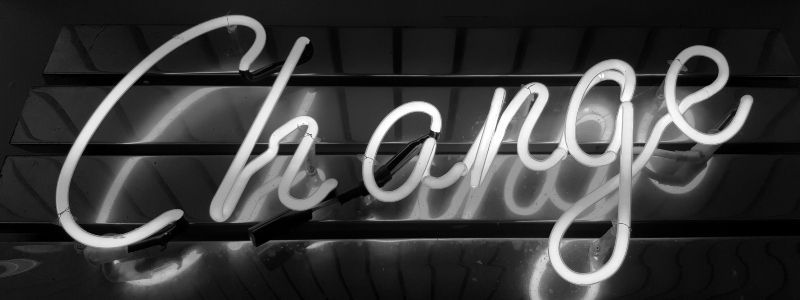The term ‘affect regulation’ is one that I have written about previously and one that is increasingly used in the world of applied psychology and neuroscience. It can be a very useful term for bringing together psychology, biology and in explaining why good psychotherapy works, so read on!
What is regulation?
We all regulate (manage) the environment around us moment to moment. A good example of this is how we may regulate the temperature in a room by either opening a window or turning up the thermostat.
When we feel overwhelmed by our emotions, we become dysregulated. It is interesting that the language we use often reflects our experience of how we experience nature or bodies when we witness this dysregulation taking place. “She blew her top.” “He became hot and bothered.” “She went weak at the knees.” “She exploded with anger.”
Imagine a sunny warm afternoon, and you are relaxing in a nice safe place. If you don’t like the sun, imagine an environment where you feel contented and calm. There are no worries or stressors and life is good. In this state, you are likely to be regulated and in a state of ‘rest and digest’. However, as we all know, calmness is transitory, and soon a stressor will appear on the horizon. An irate relative calls, we realise we have lost our keys somewhere on our walk, our partner says something we experience as hurtful – the list is endless.
In this moment, our arousal levels increase. Arousal simply refers to the wide range of physiological, emotional and psychological changes that happen when our attention is drawn to a stressor that we perceive as something that needs dealing with. In this moment, we have moved from ‘rest and digest’ into a state of alertness.
Just as a room temperature on a micro level is never static, so our arousal levels are also never static. Whatever we think about, see, hear, smell, taste or imagine creates a change to our physiology on a moment by moment basis.
If our arousal starts to become too heightened, we can shift into a ‘fight or flight state’ (or freeze/fold state) where our thinking brain quite simply goes offline and we feel overwhelmed.
Being in a fight or flight state is useful if we are about to be attacked by a sabre-toothed tiger. However, in most day to day situations and interactions, it is simply unhelpful and can be damaging to ourselves and others.
Affect regulation is therefore the understanding and practical implementation of how we manage our emotions in the face of an ever-changing inner and outer environment.
How do we learn it?
In simplistic terms, we learn to regulate our emotions by our primary caregiver teaching us to do this. They literally help us make sense of our emotions by using their own nervous system to tune into ours and give form, shape and language to our experience. This is often our mother, as she will generally have the strongest and most frequent physical bond with us when we are very young, such as when we are breast-feeding. However, fathers have an equally important role to play in this process.
Time after time, our sense are flooded as infants by strong physiological responses which we have no capacity to make sense of. Time after time, our primary caregiver will soothe us, name the motion, witness our experience and normalise our response. Ideally, anyway.
Why does it matter?
Nobody enjoys living under the feeling of ‘being on edge’ all the time, or the opposite, of feeling bored, apathetic and ‘switched off.’
Both of the above states of being, although seemingly opposite, are in fact highly stressful states of being that put our minds, hormone systems, bodies and immune systems under enormous stress, just like we cannot ‘rest and digest’ when overly aroused.
Ongoing dysregulation does not only occur through poor attunement as a child (emotional neglect). It can also be the result of trauma characterised by PTSD. However, research has shown that those people who lack the ability to healthily regulate their emotions are more prone to PTSD in later life (van de Kolk)
Types of regulation
Broadly speaking, there are two ways we regulate ourselves: we auto-regulate, and we regulate our emotional state interpersonally.
Auto-regulation is the ability to self-soothe; the ability to hold onto a thinking mind as arousal levels start to increase, to ‘think things through’ and then take action, rather than being at the mercy of our reactions. Examples of self-soothing techniques in the moment include mentalisation (holding onto that all important thinking mind) taking a deep breath, walking away from situations that are not in our best interest, through to engaging with external behaviours and activities such as yoga, going to the gym, meditation and lifestyle choices such as diet and good sleep hygiene.
Auto-regulation can also include a whole host of dysfunctional behaviours which, rather than stemming from taking action as a result of using our thinking minds, fall into the categories of reactions – a flight from emotions – such as addictions or narcolepsy (falling asleep when under emotional stress).
Interpersonal regulation is the most sophisticated forms of regulation and it involves using our thinking mind (from auto-regulation) to seek out other human beings with whom to share our emotions. All humans are wired for connection and while we can, and must, learn to auto-regulate in healthy ways, the fact of the matter is that our nervous system needs the nervous system of others in order to down-regulate our emotional state. Put simply, human beings are hard-wired for relationships and need these relationships in order to feel calm and content. This is arguably the fundamental principle as to why we pair-bond.
Why do some people find mindful auto-regulation and inter-personal regulation hard? Perhaps it is because it becomes very hard to hold ourselves in mind when the one person who should have helped us to learn to regulate our emotions could not do that. This makes auto-regulation hard to do. If that primary carer could not do it for us, why would we trust that anybody else can?
How does psychotherapy help regulation?
Good psychotherapy starts with helping clients to make healthier choices in auto-regulation. This all helps to bring down chronic stress levels and forms the foundation of bringing that thinking mind online – the beginnings of the process of mentalisation.
However, the real goal of therapy is to help clients to grow their minds and find – perhaps for the first time – safety in a relationship where they can entrust their precious mind and nervous system to be seen, witnessed, validated and ultimately regulated by the mind and nervous system of their psychotherapist.
Mark Vahrmeyer is a UKCP Registered Psychotherapist working in private practice and palliative care.
![]() Click here to download and save a full PDF of this blog post.
Click here to download and save a full PDF of this blog post.



 Well, our bodies are literally where our emotions originate and where trauma is held. In Freud’s language, we can say that the unconscious resides in the body.
Well, our bodies are literally where our emotions originate and where trauma is held. In Freud’s language, we can say that the unconscious resides in the body.











